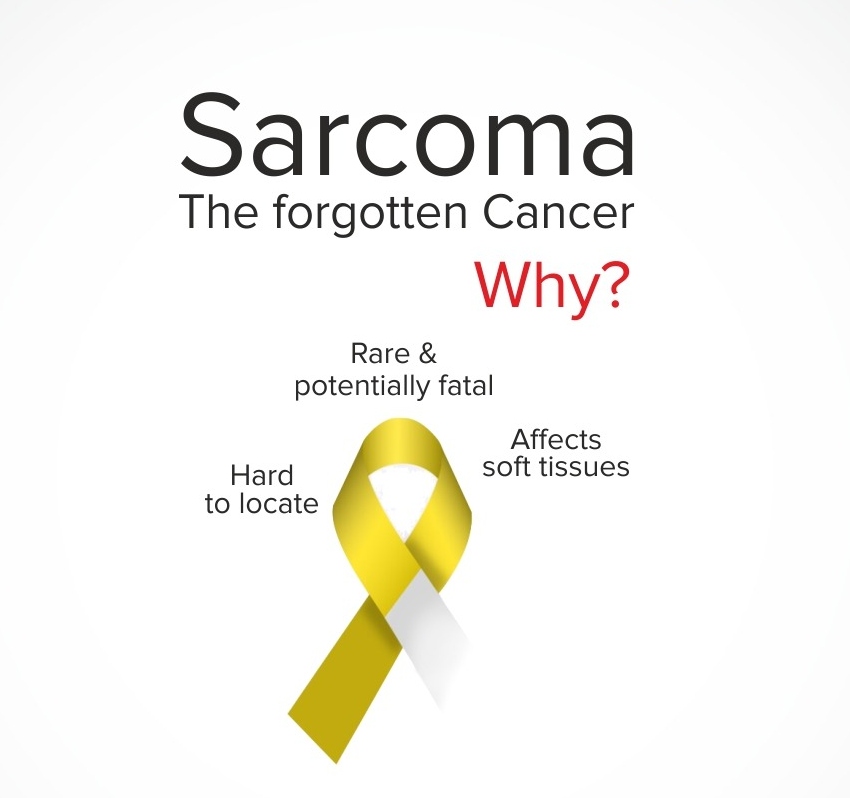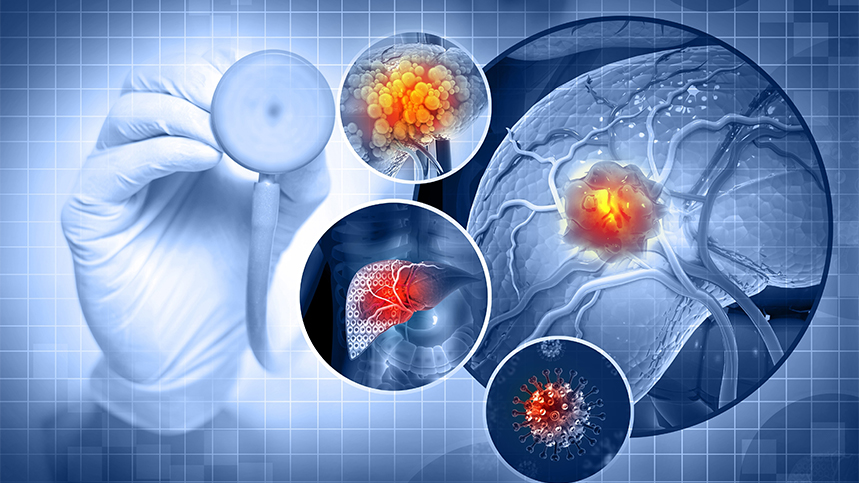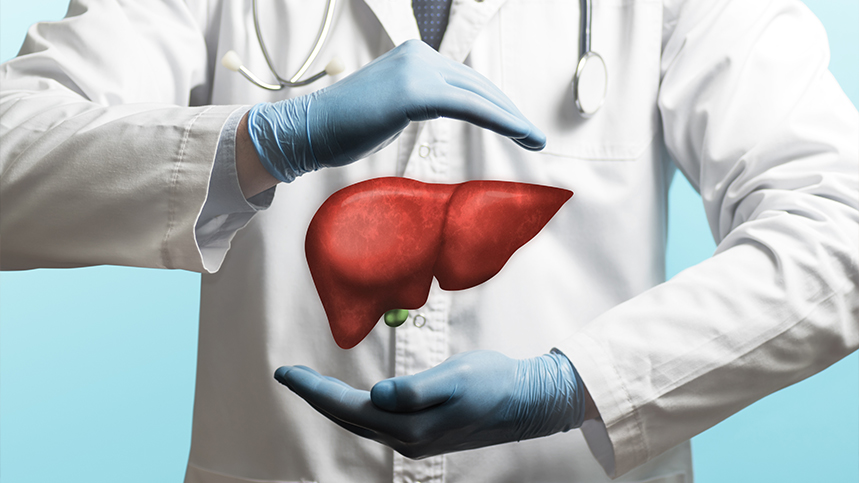

Sacoma is a type of cancer affecting the soft tissue and bones in the body. It is a rare form of cancer, accounting for about 1% of all cancer diagnoses. A clear understanding of the different types, symptoms, and treatments available is essential to diagnose and provide adequate care to those affected by Sacoma .
Sacomas can occur anywhere in the body, as the soft tissues and bones are present everywhere. The incidence of sacomas is higher in children when compared to adults.
Symptoms of Sacoma
Sacoma symptoms often vary depending on the location of the tumor. However, some general signs and symptoms of sacoma include the development of a lump or swelling, tenderness, and pain. Not all lumps are sacomas, but any lump bigger than 2mm in size, whether painful or painless, needs to be checked upon by the doctor.
Sacomas do not usually show symptoms, in their early stages. The symptoms begin to develop only when the tumor grows big enough, and impedes the function of the surrounding vital organs.
Types of Sacoma
There are two primary types of Sacoma - soft tissue and bone sacoma. Soft tissue sacoma develops in the body's soft tissues such as muscles, tendons, nerves, fat, and blood vessels. Whereas, bone sacoma usually begins in the bones of the body, commonly affecting young adults, teenagers, and children.
The most common types of sacoma are osteosacoma, which affect the bone, and synovial sacoma, which affects the soft tissue.
Some of the other types of sacomas include, Adenocarcinoma, fibrocarcinoma, liposacoma etc.
Causes of Sacoma C
The exact causes of Sacoma are often unknown. However, several factors may increase the risk of developing sacoma, including radiation exposure, family history, certain inherited medical conditions, and environmental factors. Having a history of cancer may also increase the risk of developing Sacoma.
Tests and Diagnosis for Sacoma
Laboratory tests , , biopsies, and Imaging scans, are some of the ways to diagnose sacomas.
Imaging scans, such as X-rays, CT scans, MRI, PET-CT scan, produce detailed images of the tumor and surrounding tissues. All these tests can only indicate the presence of cancer, while biopsies which are gold standard for diagnosing sacoma provide a confirmatory diagnosis of cancer. The process of biopsy involves removing a tissue sample from the suspected cancer site and examining it in a laboratory under a microscope.
Pathologists play an important role in diagnosing and the identifying the type of sacoma, based on the tumor sample. They also help to grade the stage of cancer, and help the doctor plan the treatment accordingly.
Immunohistochemistry (IHC) is a valuable technique used in the diagnosis and characterization of sacomas. It involves the use of specific antibodies to detect and visualize cancer markers in tissue samples. IHC helps pathologists identify the presence or absence of certain cancer markers in the tumor tissue, aiding in the classification and subtyping of sacomas.
IHC Sacoma panel is an important tool to diagnose and subtype sacoma . If your doctor has suggested IHC Sacoma panel, after seeing your primary medical reports, book the test today at AMPATH. Our highly qualified team of pathologists are well equipped to perform this test and diagnose sacomas more accurately.
Stages of Sacoma
Sacoma stages range from Stage I to Stage IV, depending on the size, location, and whether the cancer has spread to other parts of the body. The stage of Sacoma at diagnosis influences the treatment options available. Initial screening tests, such as imaging scans and biopsies, are necessary to determine the stage of the tumor.
Treatments for Sacoma
Treatment for Sacoma aims to remove the tumor while minimizing the damage to surrounding tissues. Some of the treatment options for sacomas include surgery, radiation therapy, chemotherapy, immunotherapy, and targeted therapy. Treatment plans vary by the stage of sacoma at diagnosis, age, and overall health.
Sacoma is treatable
Sacoma is a rare type of cancer but cannot be taken lightly as early diagnosis and right treatment is crucial to manage it. Understanding the different types, symptoms, causes, treatments available, and diagnostic tests is essential. If you or your loved one is experiencing symptoms or have concerns about Sacoma cancer, seeking medical attention immediately can help lead to an accurate diagnosis and proper treatment.
WANT TO BOOK HEALTH CHECKUP ?
Recent Blogs
Understanding Hepatocellular Carcinoma: Diagnosis and Staging
Hepatocellular carcinoma (HCC) is a type of liver cancer that usually affects individuals...
30-11-2023
Protecting Your Skin: Vital Tips for Sun Safety and Self-Examinations
Summer is here, and we all are ready to soak up some sunshine after long and dreary winter...
30-11-2023
Preventing Liver Cancer: The Role of Hepatitis Vaccination
Liver cancer is a deadly disease that affects millions of people worldwide. While there...
30-11-2023









